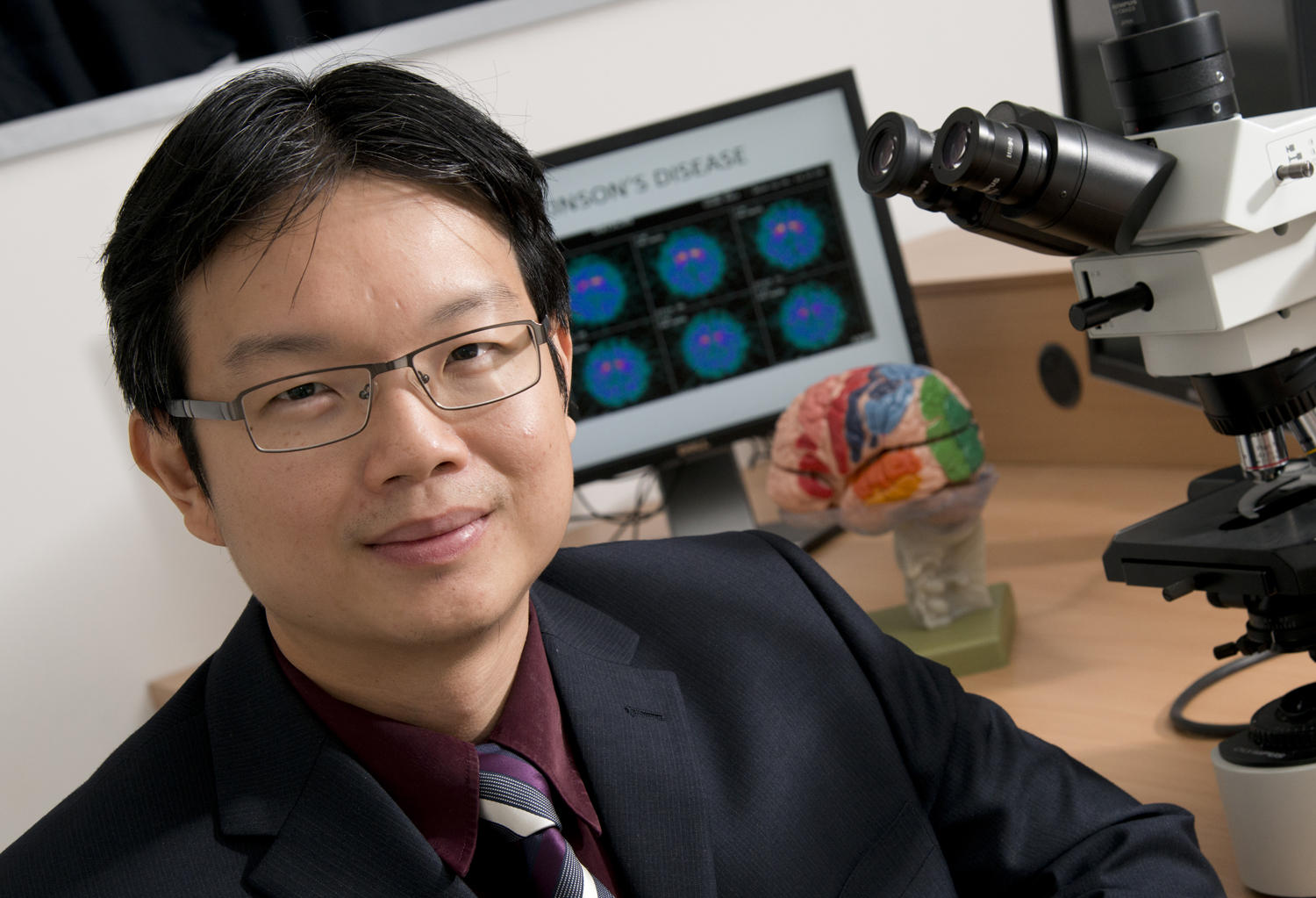Dr Tien Kheng Khoo from the Menzies Institute of Health Queensland discusses one of the growing concerns for Australia’s ageing population.
Parkinson’s disease (PD) is the second most common chronic neurodegenerative condition after Alzheimer’s disease and, like the latter, it has a predilection for the elderly.
At present, approximately 25 people are diagnosed with the disease every day with an estimated 50,000 individuals currently living with the condition in Australia.
With 15% of the Australian population 65 years and older, the prevalence of PD is expected to more than triple in two decades with changing Australian demographics that veer towards one of an ageing nation. In 2005, it was estimated the total economic cost of PD was $6.8 billion with the Australian Government bearing 40.5% of this cost and the remainder borne by state and territory governments, private insurance, patients and carers.3
This echoes the findings of the recent 2015 Intergenerational Report that urgently calls for a national plan for chronic disease management which underpins the importance of conditions such as PD. PD is often known by its cardinal clinical features of motor impairment, namely tremor, rigidity, slowness in initiating movement (bradykinesia) and postural instability that can lead to falls.
Neuropsychiatric symptoms
Besides motor symptoms, a myriad of non-motor symptoms that include neuropsychiatric symptoms such as anxiety and depression are known to frequently occur and tend to evolve throughout the course of disease with the majority of those with long-term PD eventually experiencing cognitive impairment to a degree severe enough to be deemed as dementia.
Many other non-motor symptoms associated with PD include gastrointestinal issues such as constipation and swallowing difficulties, sleep problems such as excessive daytime somnolence and disruption of normal sleep cycles, and many more.
Also of great importance is that many of these symptoms remain undeclared by patients and are not detected by treating clinicians. The resultant effect of symptom burden on quality of life can be significant and sufficient to cause disability and caregiver distress that is likely to translate to greater effects on the community. A concerted effort is required to address the issue of chronic diseases in Australia.
Using PD as an exemplar of a highly prevalent multisystem morbidity, appropriate priorities of management will include accurate diagnosis, expert review, treatment and follow-up as well as regular access to specialist nursing care, allied health therapists and palliative care.
Importantly, it has been shown that effective interprofessional practice can lead to better patient outcomes in the community, thus reducing inpatient hospital admissions. The importance of interprofessional education and practice has been duly recognised by the World Health Organisation Framework for Action on Interprofessional Education and Collaborative Practice 2010.
While the treatment of the individual should be prioritised, one must not forget the collective; stakeholders should explore the utility of cost efficient means to deliver effective healthcare. While this will best involve interprofessional practice, utilising technology such as telemedicine will allow for far-reaching input of healthcare even in rural communities though certain challenges to effective implementation will need to be overcome. In addition, synergistic opportunities should not be neglected.
Examples include charities such as Parkinson’s Australia that not only provide education and support to people with PD and their carers but also raise valuable funds that provide additional clinical care in the form of specialist nurses and support valuable research.
Research into conditions such as PD also present an opportunity for the nation’s growing education and biotechnology sector. The formation of effective research studies and research networks will help streamline processes to help overcome the shortfall in understanding this complex condition while potentially acting as a catalyst in numerous sectors that can seed and attract local and international talent. This structured approach is needed to remain competitive in a country with a relatively sparse population, thus replicating similar underlying principles already practised in more populous nations is likely to be advantageous in a process that inevitably involves discrete optimisation.
At Griffith University’s School of Medicine, and the recently launched Menzies Health Institute Queensland, we are currently undertaking observational research in PD with a view to helping us determine key characteristics of disease and individual traits that contribute to disability and impaired wellbeing. With this knowledge, it is hoped we can better manage this condition that will only be increasingly common in Australia. During this process, we are engaging with local stakeholders that include clinicians, patient groups and charitable organisations, such as Parkinson’s Queensland.
While the saying “time and tide wait for no man” may be an inadvertent pun in PD with its slightly higher predisposition in males, it may also serve as a timely reminder that chronic diseases need to be prioritised in the Australian healthcare system. Relatively more advanced healthcare and research networks have been established in other developed nations such as Britain and Netherlands. Perhaps the time for us to plan for our future is now.
This article first appeared in The Health Advocate, October 2015. http://ahha.asn.au/system/files/docs/publications/151005_october_tha_fa_web_view.pdf
ENDS
